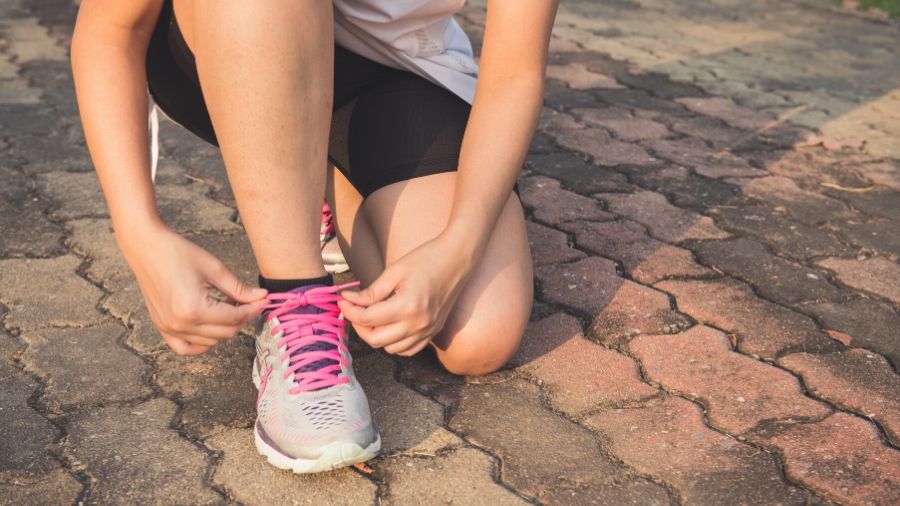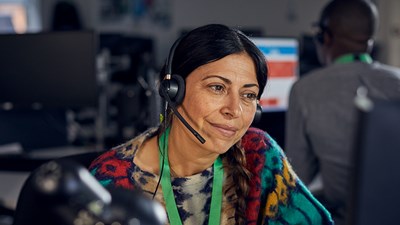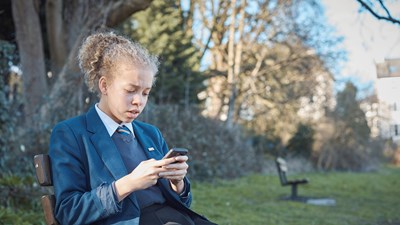Comfort
The most important aspect of a new pair of running shoes is that they are comfortable. Running shoes should be the most comfortable pair of shoes you own.
Fit
Fit wise, you want them to be snug around your heel, so they don't slip. The middle of your foot should be held in place, but not too tightly. You'll also want about a thumb's width between the end of your biggest toe and the end of the shoe. Your foot will expand when you're running and we don't want your toes bashing against the end of the shoes. This could result in black and bruised toenails.
Try on different brands and styles
The best way to find the right shoe for you is to go to a running retail specialist and try on a few different brands and models to find a shoe that fits. Reading and hearing other people's reports and reviews on shoes is great, however you need to remember that what works for them might not work for you. You will have a different foot shape to them, different arch height and different heel size, so some brands might be terrible for you, whereas others may fit like a glove. This is why, at Full Potential, we don't make a particular recommendation about brands.
Replace old shoes
Your running shoes won't last forever, and will need to be changed. A rough guide would be to change them after running a total of 500 miles in them. The best way to check is to go into a store, try on a new pair and feel the difference. When buying new shoes, it is best to have a transfer period between the old and new ones. This not only gives you a chance to slowly break the new ones in, but if they aren't working you can replace them but still have a chance to run.
Break them in
Don't wear new shoes on race day! You have no idea how your foot is going to react to them, and the last thing you want is a blister appearing half way around your race! Instead, buy a new pair 6 weeks before race day. Begin by wearing them on a few shorter runs to break them in. Then do your longest long runs in them, this way you know exactly how they'll behave on race day. Finally, just use them for some of the shorter runs in the build up to race day.




